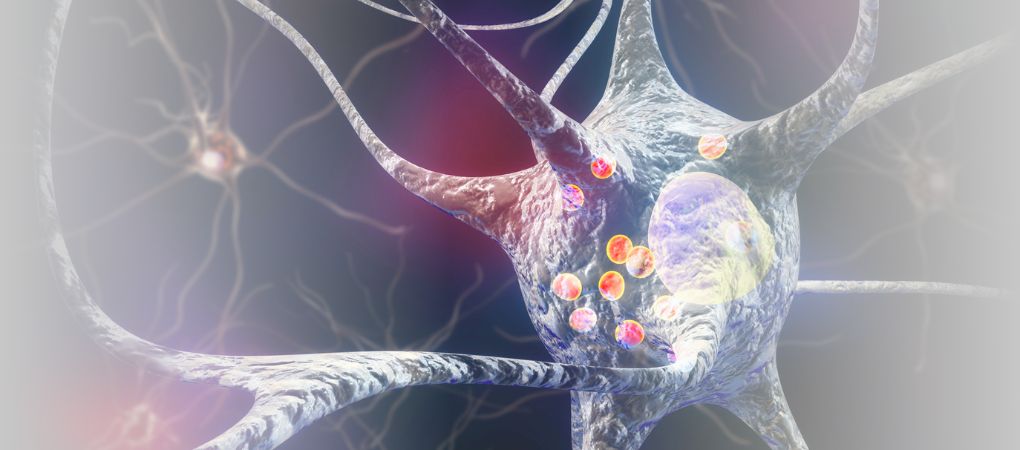Francesca Galiano
|
08/08/2022 - Last update 30/12/2022
Raymond Li, Ann Jose, Jessica Poon, Cindy Zou, Maria Istafanos, Sheldon C Yao | Year 2021
Efficacy of osteopathic manipulative treatment in patients with Parkinson’s disease, a narrative review
Pathology:
Parkinson's disease
Type of study:
Narrative review
Date of publication of the study’:
2021/Sep/22

Purpose of the study
- Objective: to assess the efficacy of OMT in improving the quality of life for patients with Parkinson’s disease
- Measured outcomes:
- Primary: atypical aspects of Parkinson’s disease: gait, balance, motory functions, bradykinesia or slowness of movement and inability to control voluntary movements, fatigue, pain and dysfunctions of the autonomic nervous system
Methods
- Articles analyzed: 5
- Search strings: a combination of the following terms: OMM (osteopathic manipulative medicine), OMT, osteopathic, Parkinson Disease, manual therapy, physical therapy, training, autonomics, gait, balance
- Criteria of inclusion: studies published between 2010 and 2021; studies evaluating OMT and other forms of manual therapies ascribable to osteopathic techniques on people with Parkinson’s disease.
- Criteria of exclusion: descriptive studies of single cases; conference abstracts; articles not in English; studies where OMT and manual therapies have not been applied on people with Parkinson’s disease.
Characteristics of the studies
- 1 OMT study and lifestyle-related counseling (nutrition, stress management, exercise, etc.)
- 1 study on manual therapies
- 1 study on manual therapies with coordination exercises
- 1 study on cranial therapy and exercises
- 1 studio on OM and intestinal health
Participants
- Number in the smallest study: 6 people in the control group for 4 weeks and the same 6 people in the OMT group for a further 4 weeks
- Number in the biggest group: 22 people in the group with OMT and 14 people in the control group
- Total: 28 people in the groups with OMT or other kind of manual therapies, 29 in the control groups and 35 people who received both interventions deferred over time (e.g. first OMT and then control intervention, or vice versa)
Interventions and evaluations
- From a 2-day study to assess immediate effects, to a 1-year study
- Personalized OMT according to the patient’s needs
- Manual techniques similar to osteopathic techniques
- Coordination and relaxation exercises
in the control groups: no intervention, physical exercises, other manual therapies, same interventions as the treatment group but reversed over time (eg, if the intervention group first received the OMT and then the counseling, the control group first received the counseling and then the OMT)
Results
Outcome primari: improvement in motor functions and, partially, in balance and gait.
Techniques similar to myofascial release have decreased fatigue, pain, stiffness and difficulty in moving, improving gait (speed and stride length) and shoulder mobility. They also favored a reduction in the severity of the disease measured with the Unified Parkinson’s Disease Rating Scale and an improvement in balance.
Cranial osteopathy appears to improve gait in the immediate.
The OMT directed at the visceral level and through techniques aimed at improving the functionality of the autonomic nervous system has favored a better intestinal health (less constipation and changes in the composition of the microbiota), improving the quality of life.
Discussion
OMT and similar manual techniques have shown to improve movement control and balance in people with Parkinson’s disease, while at the same time reducing their perception of fatigue, stress and pain and also improving their mood and quality of sleep.
Unfortunately, the low quality of the studies makes it difficult to draw solid conclusions. However, this study may be the starting point for more targeted and better organized clinical trials.
Moreover, since Parkinson’s disease is considered incurable and, therefore, is addressed through a symptomatic approach, interventions that show their effectiveness on symptoms and potentially reduce the progression of the disease can become an important help for patients.
The review of Osteopedia
By Marco Chiera
Strengths: the potential usefulness of manual therapies and OMT in improving the quality of life of people with Parkinson’s disease is shown, thus defining a starting point for future research.
It is highlighted the importance of a global approach, addressing multiple aspects of both the organism and the person. An approach evaluating biomechanical, nervous, psychological, immunological aspects, and more, independently of the number of interventions administered. It could be a specific intervention (eg, OMT) or on multiple combined ones (eg, OMT, nutrition, stress management, exercises).
Limits: the available studies are few, very small (few participants), methodologically not very rigorous and not all concerning the OMT but also techniques similar to OMT (eg, massage techniques similar to the myofascial release). In addition, several studies report complex interventions (eg, OMT with counseling or exercises) thus making it difficult to understand what intervention had what effect.

Are you an osteopath?
Register and enjoy the membership benefits. Create your public profile and publish your studies. It's free!
Register now
School or training institution?
Register and enjoy the membership benefits. Create your public profile and publish your studies. It's free!
Register now
Do you want to become an osteopath? Are you a student?
Register and enjoy the membership benefits. Create your public profile and publish your studies. It's free!
Register now







